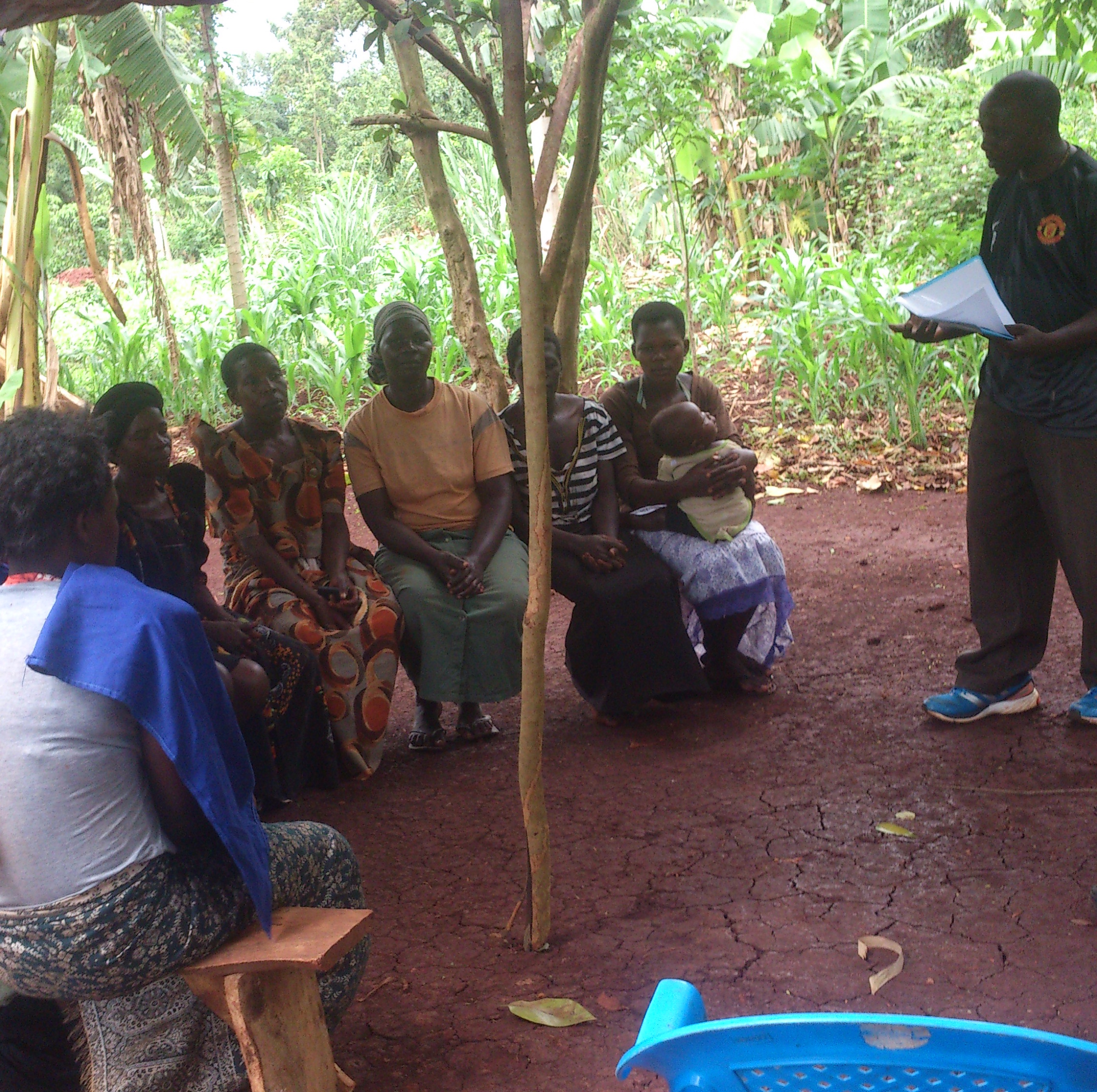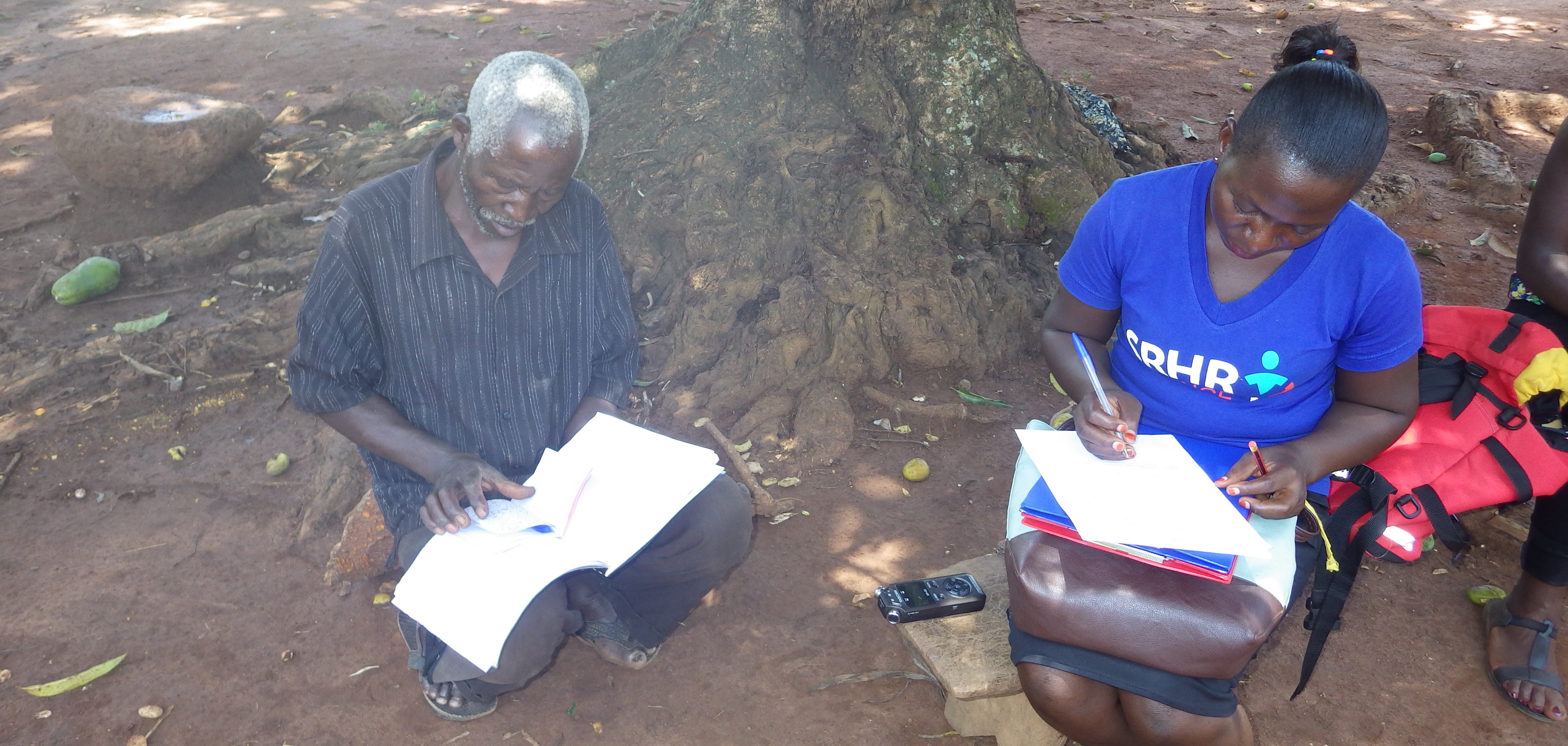
Every day TEL receives emails from communities across the globe asking for assistance with technology implementation. One such email was from a group in Uganda working to improve Water and Sanitation (WASH) conditions in the Busoga region. In response to this inquiry, TEL has partnered with Busoga Volunteers for Community Development in order to identify market opportunities for expanding access to clean drinking water and sanitation facilities at the household level in Uganda. As a Project Research Intern at TEL, I was able to get a bird’s eye view of one of TEL’s Project Accelerator programs, while actively searching for appropriate solutions to water access challenges faced by communities across the Busoga region of Uganda.
As a first step before identifying potential solutions, I looked through the results from households surveys that TEL distributed through its local community partner, Busoga Volunteers. Specifically, the TEL team utilized qualitative surveys to assess WASH needs within communities across the Busoga region. After looking through the survey results, it was clear to see need for improved water access and sanitation facilities in order to reduce instances of waterborne disease. I also noticed that a lot of time was spent on fetching water, particularly by women and children.
As an intern in the process of learning more about project implementation, I had a limited grasp on what the TEL team was looking for in regards to turning data insights into action. In order to better understand this process, I interviewed Brennan Lake and Eadaoin Ilten of the TEL team to gain their perspectives. One result from the survey which stood out to both of them was that most people spend roughly USD $1 per month for water access, while spending around $4 per month in water treatment chemicals, and $1.50 per month in fuel expenditures for boiling water. From this data, they were able to not only determine that households are accustomed to paying for water access and treatment, but they also pinpointed a willingness to pay of around $2.50-$5 per month on water-related expenditures. This was just one example of many key findings, which the TEL team gleaned from qualitative household surveys.
From my perspective, I found it interesting that TEL decided to focus at the household level for this particular WASH intervention. There were market based reasons, such as greater individual household demand which perpetuates demand generation. Additionally, a household approach may have a greater impact on girls, women and young children versus a school-level intervention, since girls and young children are not always able to attend school.
After gaining a better understanding of the project and context of the challenge at hand, it was my job to look for suppliers of household water treatment solutions in Uganda. To do this, I conducted basic market research on suitable solutions that are either already available, or could easily become available in Uganda.
After compiling information on prospective suppliers, the TEL team began engaging specific solution providers. The team is currently looking at a variety of solutions, including ceramic water filters, such as those provided by SPOUTs of Water, Basic Water Needs, and WATERisLIFE. Benefits of these ceramic water filters include a low price point (approx. $25 per unit), cultural acceptability, ease-of-use, local availability and and long-term durability, with the average filter lasting more than two years.
TEL is also considering emerging solutions in the field of household water treatment, such as the MADI drop, a silver-ion ceramic brick that is placed in water containers to purify water repeatedly for up to six months. Advantages of this technology includes ease of use as a “set it and forget it” solution, and a comparatively low price point at $10 per year. Potential caveats include ensuring proper usage of the bricks (water must be set aside for 10 hours before it is safe to drink), and establishing a consistent supply chain within Uganda.
As a next step, the TEL team will be procuring demo units to conduct field testing in order to engage the effectiveness and acceptability of the products among potential end users. Through working with TEL on this project, I was able to learn about effective methodologies that international development organizations use for effective interventions at the community level. Through this case in particular, I have learned that key initial steps for any community-level include utilizing experiential and local knowledge, engaging target end-users, and maintaining open lines of communication with potential solution providers. Assisting with this project has been a great learning experience for me on how TEL practically and skillfully improves the lives of those in poverty in remote locations around the world.

